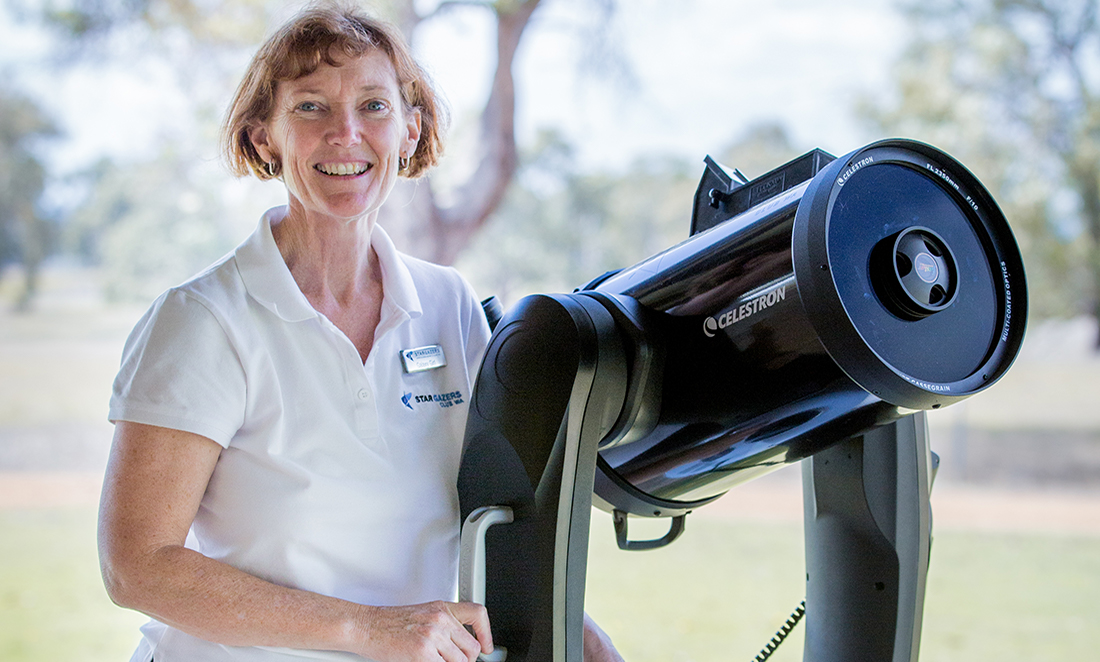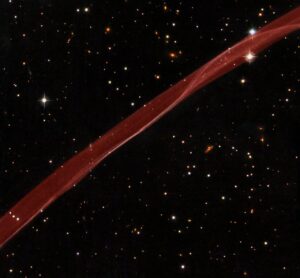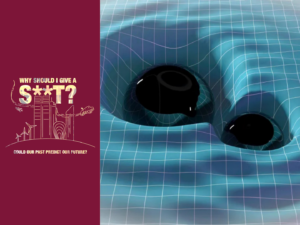When Carol Redford and her business partner took over what was the Gingin Observatory (now the Gravity Discovery Centre Observatory) in 2007, she didn’t realise that it would awake in her an undiscovered passion for stargazing.
More than a decade later, she’s been announced as a finalist in the 2018 AgriFutures Rural Women’s Award for her plan to create an astrotourism hot spot in WA’s Wheatbelt and Mid West regions.
ALL OF THE LIGHTS
Light pollution might not be the first thing that springs to mind when thinking of modern environmental disasters (granted, there are many).
But ever since Edison first invented the bulb, light has been steadily infiltrating our night skies.
Though our planet may look pretty lit up from space, the view from Earth is much more dismal.
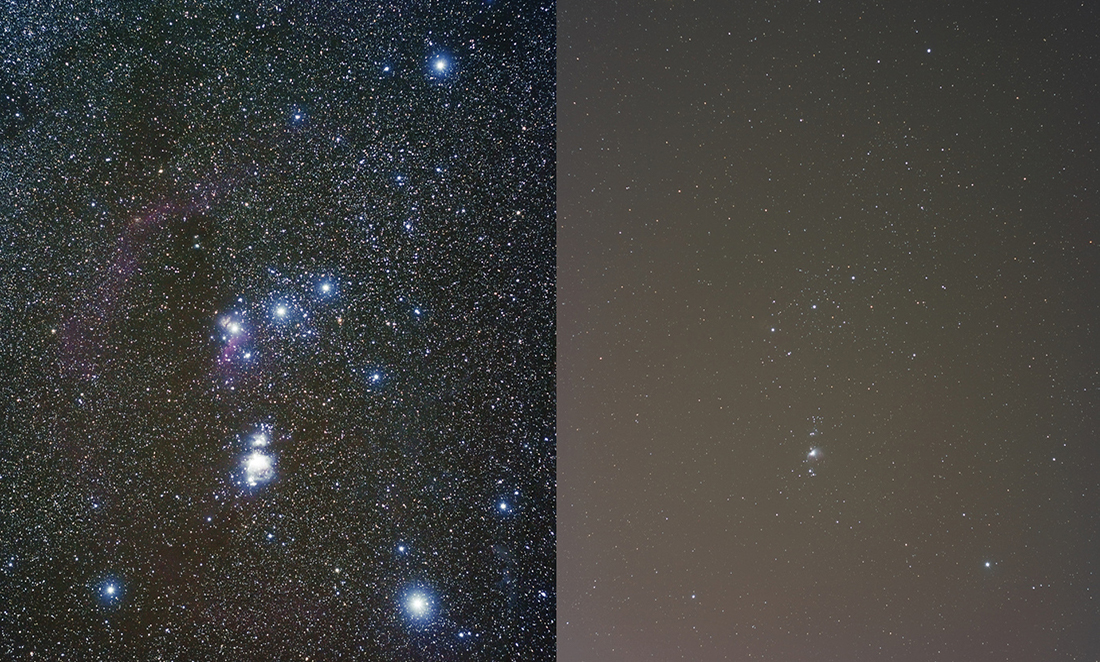
“There are people in this world who can’t see a single star, let alone the billions that we can see from regional WA,” says Carol.
In urban areas, excessive use of lighting in homes and on the streets has dimmed the brilliance of the stars above.
But regional parts of WA, isolated as they are, have a natural buffer from the spreading glow of Perth. It’s these dark regions that make Carol believe that WA has a bright future.
ASTROPHOTOGRAPHY FOR THE FUTURE
Carol’s dream is to create a dedicated trail of astrotourism towns that takes stargazers on a guided tour through our Wheatbelt and Mid West.
She says it will create a safe space for photographers and casual night sky observers where they can be sure that they’re not trespassing onto private property. The trail will also help them to identify viewpoints and features of the landscape that will give their photos character.
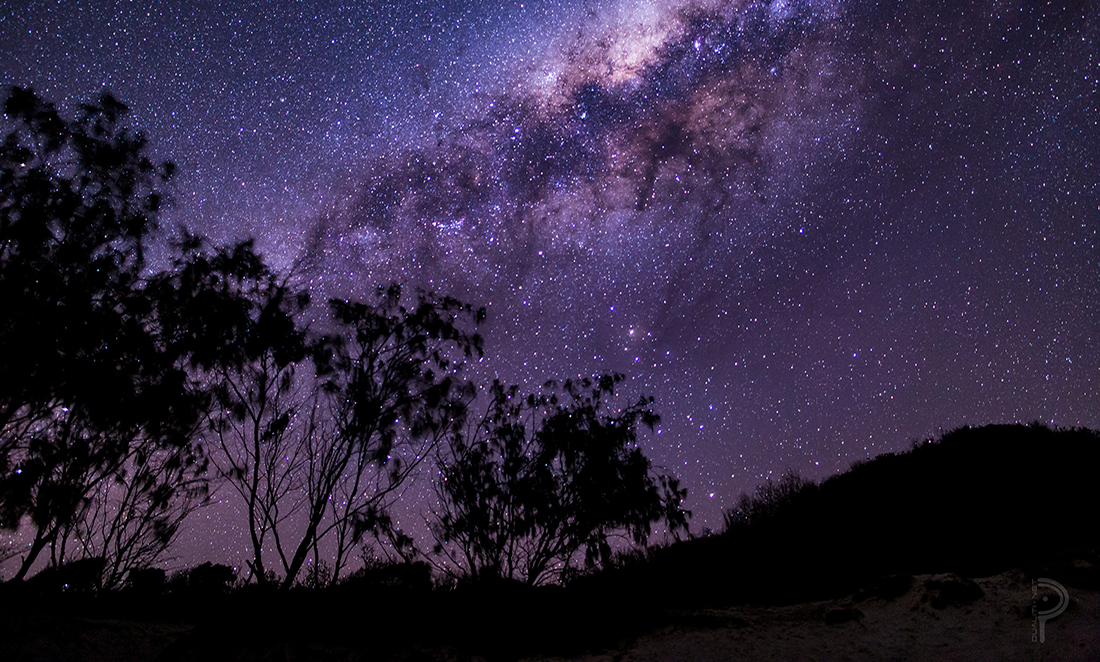
Astrophotography and astronomy attract a passionate dedicated bunch, and Carol hopes that the trail will draw these additional visitors to Wheatbelt and Mid West towns. Traditionally, these towns rely on agriculture for income, but dwindling rainfall is threatening the livelihoods of farmers as well as the thousands of wildflowers that normally act as a tourist drawcard from late August to October.
But with this astronomical plan, Carol hopes tourists will flock to the area for astrophotography and observing all year round, securing an income for these towns for as long as the stars exist.
TRAILING THE STARS
Many animals gaze at the stars, but humans are one of the only species that are capable of feeling that intense admiration for the beauty of the night sky. We’re also conscious enough to comprehend our insignificance, a feeling often brought on by gazing out into our galaxy.
Carol believes these intense human experiences are something that people will travel from all around the country and the world for.
She says there’s great potential to weave Aboriginal Dreamtime stories through the trail, offering international tourists a completely unique way to experience the stars.
The main challenge will be to help regional towns understand just how precious their night skies are as a resource.
“WA has advantages for stargazing that others are missing out on.”
“WA has advantages for stargazing that others are missing out on,” says Carol.
Because we’re in the southern hemisphere, we get to see the better part of the Milky Way. The fact that Perth is an extremely isolated capital city is also very unique. But WA is also home to world-class astronomical science.
These factors all conspire to make our state a great place for everyone to come stargazing.
Once this is realised, the next step will be figuring out how to protect our dark skies.
Thankfully, the International Dark-Sky Association has the resources to help. They work to provide the information that people need to minimise the amount of light escaping into the night sky, including things such as identifying ideal light fixtures.
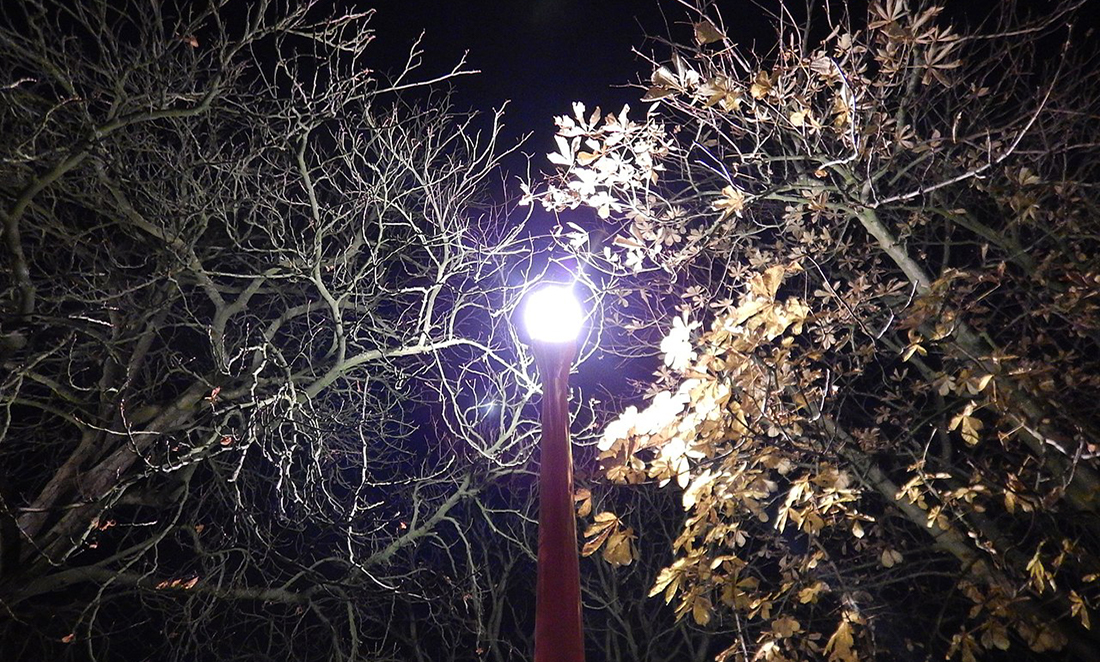
Carol will work with local governments to embed these ideas in policy and town planning, preserving our little patch of darkness as the world continues to get brighter and brighter.
If you want to minimise the amount of light you contribute to our night skies, head to this site for some illuminating information.


